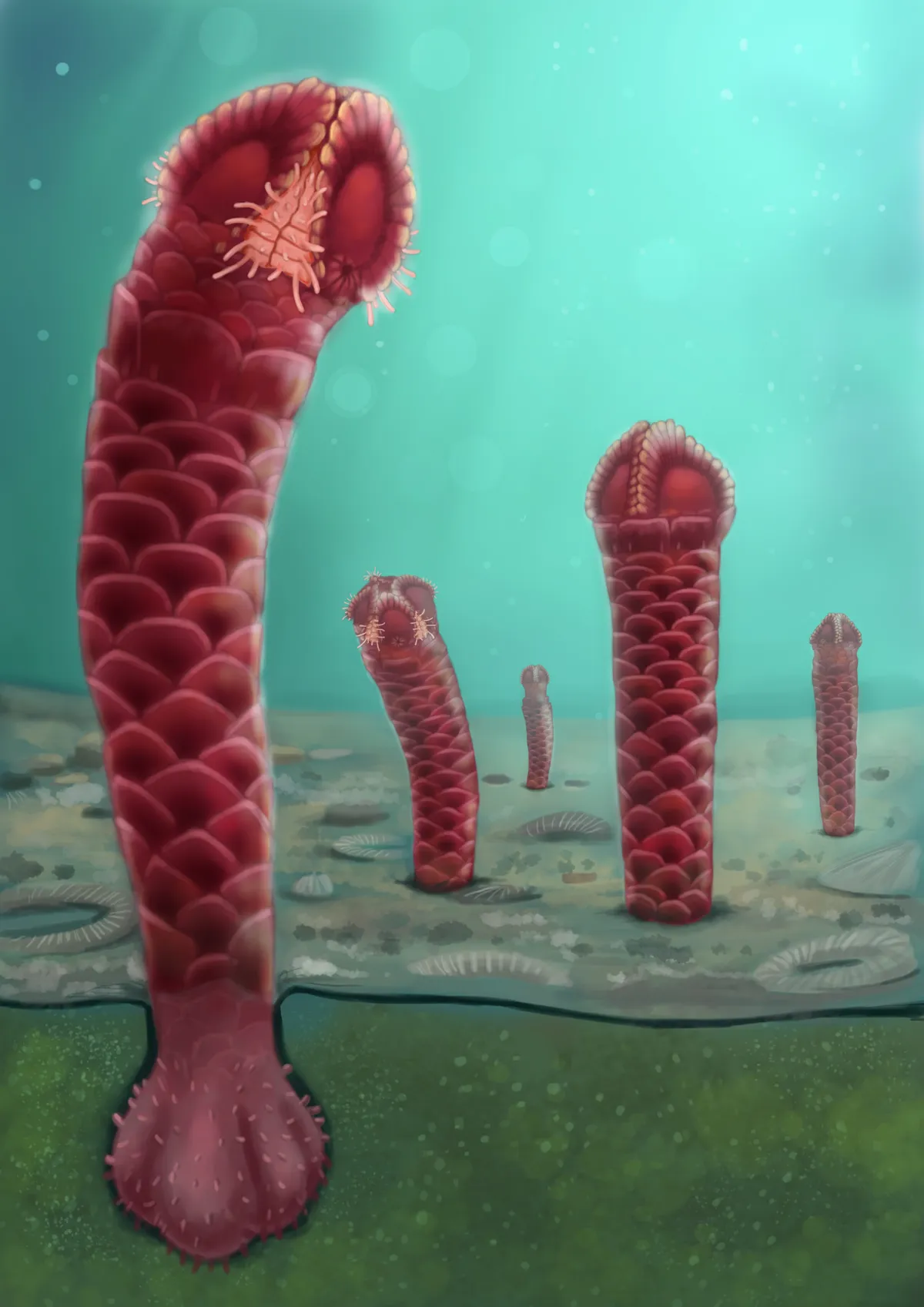The remains of an unusual looking species have been described as an extinct relative of the echinoderms, a phylum that includes modern day starfish and sea urchins.
Dating back to the Silurian period, the newly named Rhenopyrgus viviani lived 435 million years ago and has revealed new insights into its ancient way of living.
It was thought that bottom dwelling animals such as these hid in burrows, with a contractible stem. Following reconstruction, however, it appears they probably stood erect, anchored to the sea floor by a sac-like protrusion.
“This allowed them to place their mouth higher up into the water column to feed,” explains Dr Tim Ewin, senior curator at the museum, “It is remarkable how new fossil evidence can alter our perceptions of ancient life”.

Understanding what early life, such as Rhenopyrgids, looked like and how they lived can help to shed light on the evolution of skeletal structures and behaviour in other echinoderms.
“By expanding our knowledge of how animals in the past lived and evolved we can better understand why they became extinct and so protect the biodiversity of our planet today,” adds Ewin.
